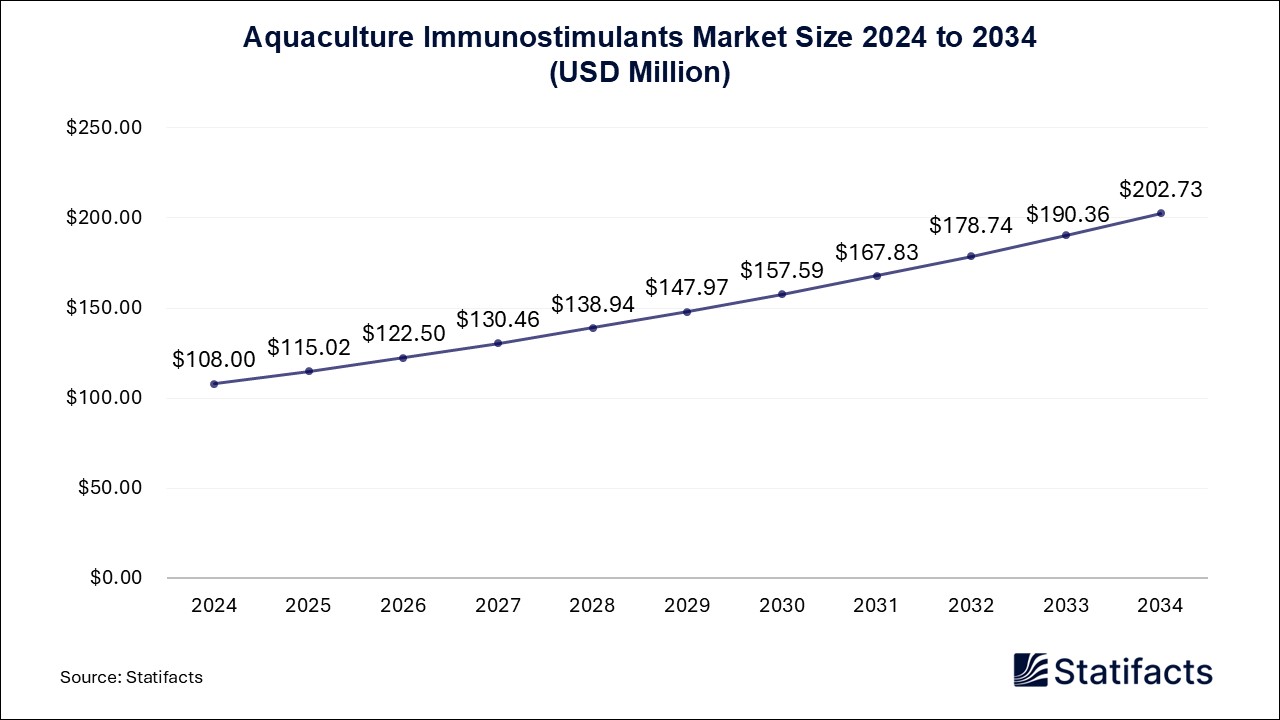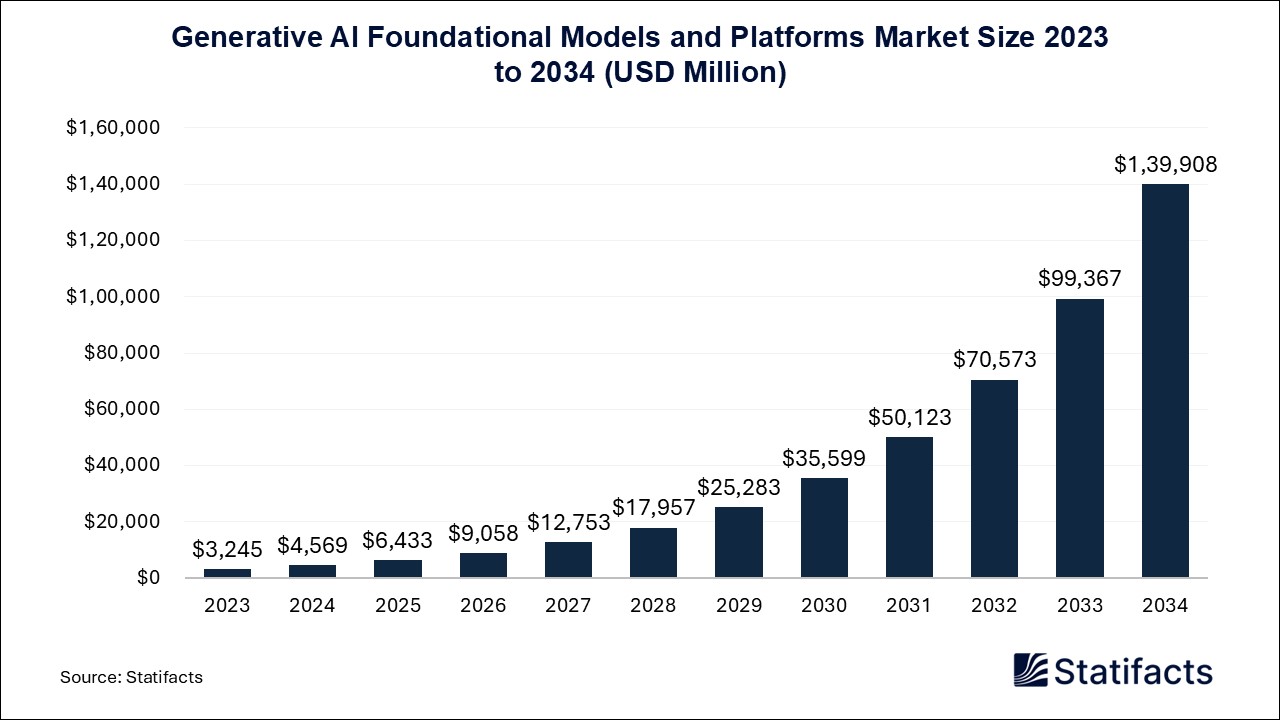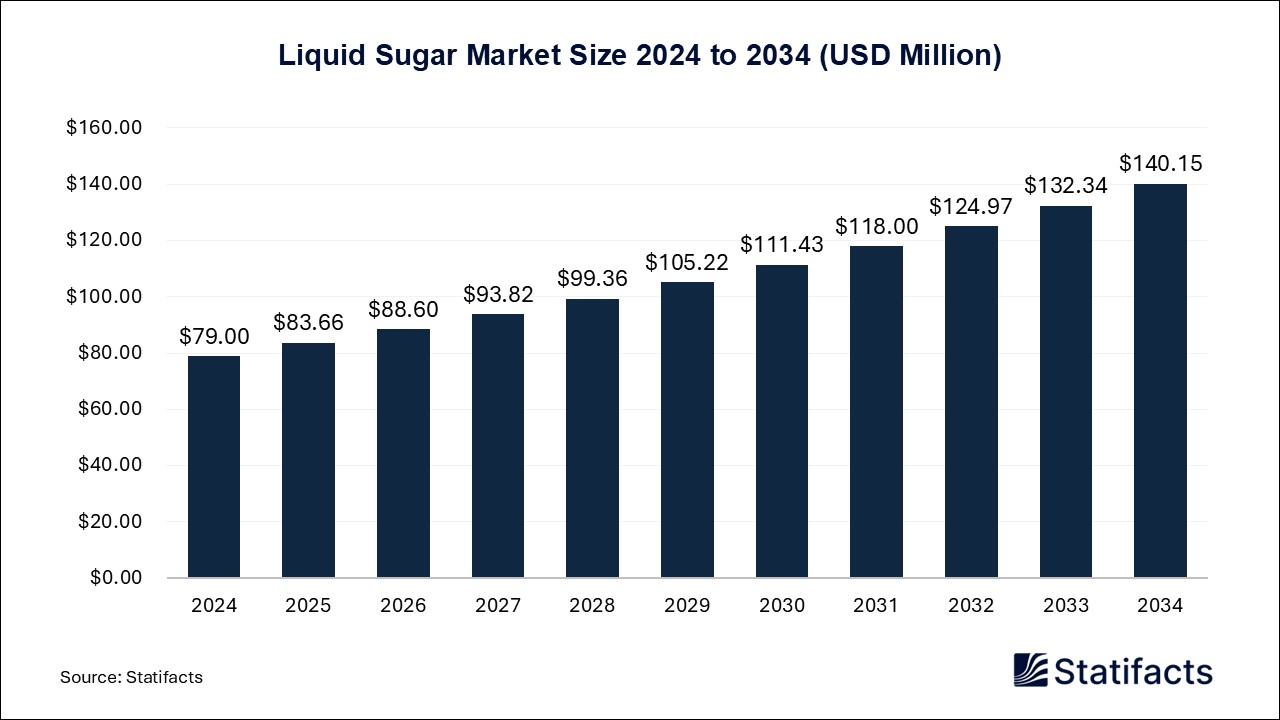

Our customers work more efficiently and benefit from
The global generic oncology drugs market size was calculated at USD 23,748 million in 2024 and is predicted to reach around USD 30,998 million by 2034, expanding at a CAGR of 2.7% from 2025 to 2034.
| Industry Worth | Details |
| Market Size in 2025 | USD 24,389 Million |
| Market Size by 2034 | USD 30,998 Million |
| Market Growth Rate from 2025 to 2034 | CAGR of 2.7% |
The generic oncology drugs market deals with cost-effective options for branded cancer medicine, which have the same active ingredients as their stamped counterparts and prefer to have the same strength, dosage, efficacy, and safety. The production of these medicines is allowed by federal or relevant regulatory authorities after the original drug's patent expires, allowing it to be produced by other companies at cost-effective rates compared to the original patent holder. The rise in the need for affordable cancer treatments is boosting generic oncology drugs. The risk of cancer is increasing globally, and the need for effective treatments is becoming increasingly popular. Generic drugs play a crucial key in meeting this need and ensuring that a larger patient population can receive necessary therapies without any prohibitive costs.
The increasing incidence of cancer worldwide has been identified as one of the key drivers contributing to the growth of the generic oncology drugs market. The increasing prevalence of various cancers, such as lung, breast, and colorectal cancer, has led to a higher need for affordable and effective treatments. It is expected that generic oncology drugs will be accepted on a higher scale due to their lower expenses than branded drugs, making them more accessible in developing and underdeveloped states.
Manufacturers are adopting next-generation production techniques that allow for continuous manufacturing with AI-driven analytics coming up as a new trend in the space. These technologies assist producers in making production processes more efficient and accessible, reduce waste and waste generation, and offer very high quality despite complex oncology formulations.
The development of long-acting injectables and controlled-release formulations assists in the maintenance of therapeutic drug levels in the bloodstream over an extended period, while the generation of advanced oral formulations is considered for easy administration. Advancements in drug delivery systems, such as nanotechnology and smart delivery mechanisms, are showcasing the way for more customized treatment alternatives. Such technologies help by tailoring therapies that can adapt to the specific demands of individual patients, optimizing efficacy and limiting toxicity. These advancements allow for more specific targeting of cancer cells, minimizing side effects and enhancing the overall performance of the therapeutic index of generic oncology drugs.
Manufacturers must have specific clinical trials by submitting comprehensive documentation, and while undergoing rigorous inspections. This will require significant time and financial investment. Such delays hamper the availability of affordable treatments at a specific time, especially when following the patent expiration of branded drugs. Thus, challenges associated with regulatory frameworks can significantly affect the rise of the generic oncology drugs market by affecting both the availability of the latest treatments and the overall competitiveness of the industries.
Major investment in cancer research and drug development is mainly attractive due to the increasing need for innovative therapies and the potential for significant development. The field of oncology has seen remarkable progress recently, with the development of targeted therapies, immunotherapies, and personalized medicine transforming cancer treatment. One of the major regulatory concerns in cancer drug development is the requirement for solid clinical data to support the acceptance of new therapies.
Clinical trials must be designed with care and executed to develop reliable proof of a drug's purpose and safety. Regulatory agencies may also need post-marketing surveillance to tailor the long-term effects of novel cancer treatments by ensuring ongoing patient safety. The need for new and effective cancer treatments is anticipated to increase as the burden of cancer increases worldwide. Facilitating innovations via AI, with appropriate clinical and ethical standards, can speed up drug development with more efficient testing along with data analysis.
The necessity for cancer drugs is growing worldwide, especially in the global South. The high cost of these medications leads to mounting expenses for cancer treatments. Generic versions of these life-saving medications faced initial pushback, especially from pharmaceutical companies, as some threatened healthcare professionals with legal threats for prescribing generic options due to patent protection laws. Target expenses for various generic oncology drugs were probably lower than their branded counterparts, with subsequent reductions. Finally, the adoption of generic oncology drugs has significantly enhanced the effectiveness of cancer treatment. This has led to an improved likelihood of patients receiving comprehensive and reliable care by addressing both the concerns of drug availability and expense.
Published by Kesiya Chacko , March 2025
For any questions about this dataset or to discuss customization options, please write to us at sales@statifacts.com
| Stats ID: | 8081 |
| Format: | Databook |
| Published: | March 2025 |
| Delivery: | Immediate |
| Price | US$ 1550 |



| Stats ID: | 8081 |
| Format: | Databook |
| Published: | March 2025 |
| Delivery: | Immediate |
| Price | US$ 1550 |

You will receive an email from our Business Development Manager. Please be sure to check your SPAM/JUNK folder too.

Unlock unlimited access to all exclusive market research reports, empowering your business.
Get industry insights at the most affordable plan
Stay ahead of the competition with comprehensive, actionable intelligence at your fingertips!
Learn More Download
Download

